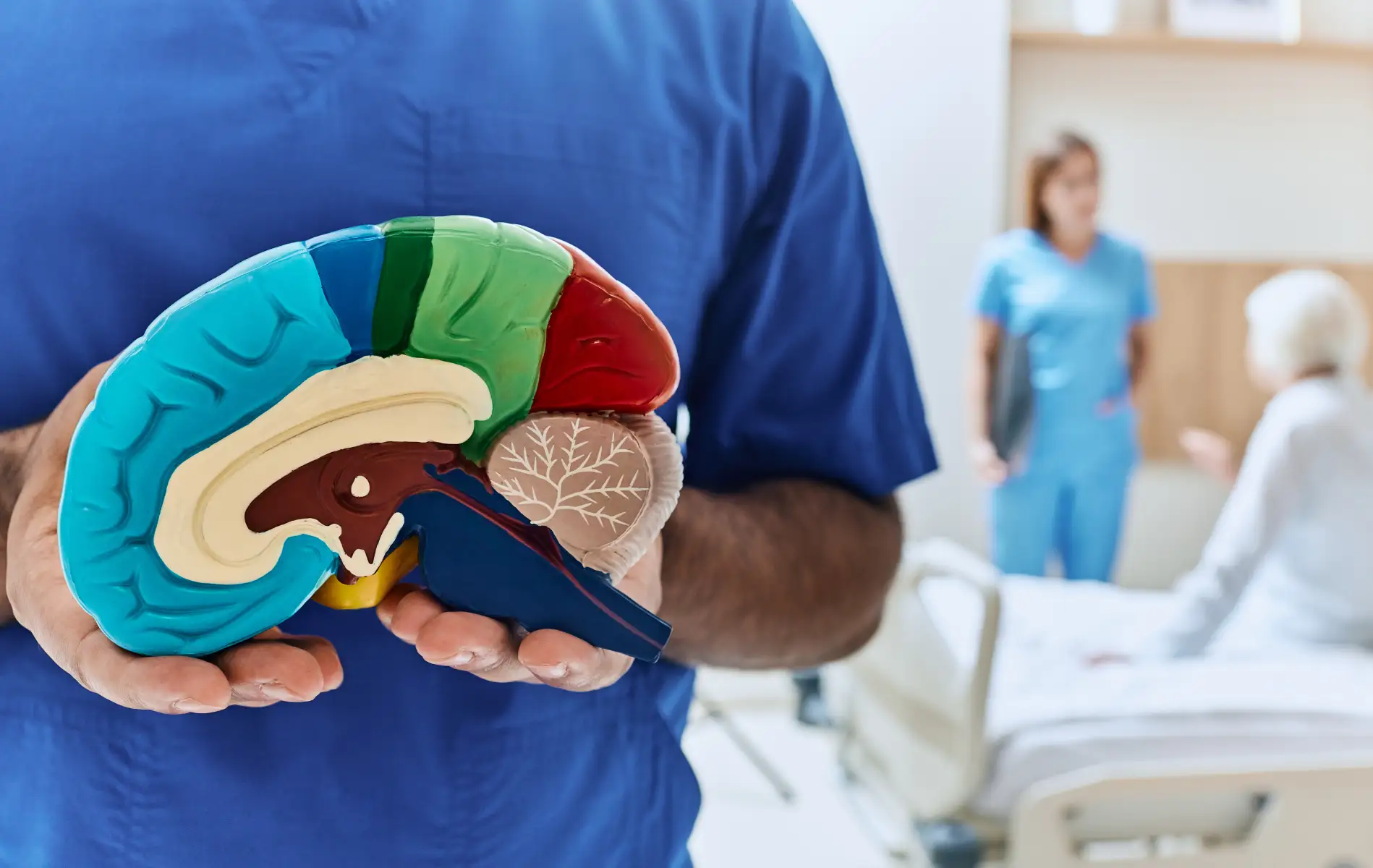Introduction to Long-Term Effects
Trauma is a deeply distressing experience that can reshape the way individuals perceive themselves, others, and the world around them. While some people are able to recover relatively quickly after a traumatic event, others may experience its psychological, emotional, and even physical consequences for years. The long-term effects of trauma rarely disappear without support, and many individuals struggle to mend the emotional scars left behind.
The enduring impact of trauma ranges from intrusive thoughts and emotional numbness to difficulties forming relationships or maintaining day-to-day functioning. These effects can form a cycle of distress that persists without intervention. However, healing after trauma is possible—it’s a journey that requires time, effort, and the right tools. By understanding the nature of long-term trauma and approaching recovery with patience, individuals can work towards reclaiming their mental well-being and rediscovering hope.
This whitepaper explores the long-term effects of trauma, the recovery process, and practical strategies for fostering healing, promoting resilience, and navigating the mental health journey.
Understanding Trauma Recovery
Before exploring how to heal, it’s important to understand how trauma affects individuals in the long term. Although the effects vary, trauma often disrupts emotional stability, physical health, and interpersonal dynamics if left unaddressed.
1. Long-Term Effects of Trauma
Trauma does not affect everyone in the same way. Some individuals may develop Post-Traumatic Stress Disorder (PTSD), while others might experience more subtle yet still disruptive long-term consequences.
- Emotional Impact:
- Chronic anxiety, depression, or guilt.
- Emotional dysregulation, including uncontrollable anger or sadness.
- Feelings of detachment or emotional numbness (sometimes referred to as dissociation).
- Cognitive Changes:
- Difficulty concentrating or retaining information.
- Recurrent intrusive memories of the traumatic event.
- Persistent negative beliefs about oneself, such as “I’m not safe” or “I can’t trust anyone.”
- Physical Symptoms:
- Chronic pain, headaches, or fatigue caused by prolonged stress.
- Sleep disturbances, such as insomnia or recurring nightmares.
- Increased vulnerability to illness or autoimmune disorders due to stress-related changes in the body.
- Relationship Challenges:
- Difficulty forming new relationships due to trust issues.
- Withdrawal or isolation from friends and family.
- Struggles with intimacy or strong emotional connections.
The long-term effects of trauma are complex and often interdependent, requiring a sensitive, comprehensive approach to healing.
2. The Recovery Process
Trauma recovery is not a linear process—it differs for every individual depending on the type of trauma, their support system, and their coping mechanisms. Nonetheless, trauma recovery is generally divided into three stages:
- Stage 1: Safety and Stabilisation
Prioritising safety, both emotionally and physically, is the foundation of trauma recovery. This stage involves restoring a sense of control, building healthy coping strategies, and managing immediate symptoms, like anxiety or dissociation.
- Stage 2: Processing and Understanding
This stage entails facing the past trauma and processing the emotions or memories associated with it. Techniques such as trauma-focused therapy can help individuals reframe negative beliefs and move towards acceptance.
- Stage 3: Reconnection and Growth
The final stage focuses on rebuilding relationships, rediscovering personal identity, and integrating lessons from the trauma into day-to-day life. Many trauma survivors find renewed purpose in life during this stage.
Trauma recovery can feel overwhelming, but it is important to remember that it’s a journey, not a destination. Progress often happens in small, incremental steps.
Strategies for Long-Term Healing
Healing from long-term trauma requires a blend of professional guidance, self-care, and personalised coping strategies. Below are effective approaches to managing trauma’s long-term effects and aiding recovery:
1. Seek Professional Help
Therapy is one of the most effective tools for overcoming the long-term effects of trauma. A trained mental health professional can provide a safe space to address painful memories and emotional barriers. Key therapies include:
- Trauma-Focused Cognitive Behavioural Therapy (TF-CBT): Helps individuals reframe negative thoughts tied to trauma and builds healthier coping mechanisms.
- Eye Movement Desensitisation and Reprocessing (EMDR): A structured approach that reprocesses traumatic memories to reduce their emotional intensity.
- Somatic Therapy: Focuses on addressing how trauma manifests physically through the body, promoting relaxation and emotional release.
Psychiatric support, such as medication, may also be needed to manage severe symptoms like depression, chronic anxiety, or PTSD.
2. Build a Strong Support Network
Social support is crucial for trauma recovery. Whether it’s friends, family, or support groups, connecting with others who offer empathy and understanding can make a world of difference.
- Join Support Groups: Shared experiences in trauma-focused group therapy or peer-led sessions can reduce feelings of isolation and foster a sense of belonging.
- Open Communication with Loved Ones: Encourage honest and supportive conversations with trusted individuals who respect your boundaries.
3. Practise Self-Care Daily
Self-care is a fundamental pillar of long-term healing. Incorporating small but consistent self-care routines into your life can help restore balance and reduce symptoms.
- Mindfulness Activities: Practices like meditation, yoga, or deep breathing can regulate emotional responses and promote relaxation.
- Healthy Lifestyle Habits: Diet, exercise, and sleep are essential. Regular physical activity and balanced nutrition can ease physical symptoms, while quality sleep helps regulate mood and cognitive clarity.
- Personal Hobbies: Engaging in creative hobbies or enjoyable leisure activities can provide a sense of accomplishment and improve mood.
4. Learn to Identify and Manage Triggers
Trauma triggers—sights, sounds, scents, or situations that revive memories of the traumatic event—can be distressing. Learning to recognise and manage these triggers can significantly improve daily living.
- Grounding Techniques: Techniques such as focusing on your breath or listing objects you see around you can pull you into the present moment during moments of distress.
- Coping Tools: Prepare effective coping tools, such as journaling or taking a quiet walk, to calm yourself when faced with triggers.
5. Develop Emotional Tolerance
One of trauma’s long-term effects is difficulty managing emotions, especially fear, anger, or sadness. Emotional tolerance is the ability to sit with these feelings rather than suppress them. Over time, this fosters deeper emotional resilience.
- Dialectical Behaviour Therapy (DBT): This technique combines mindfulness with skills for managing difficult emotions.
- Journaling: Processing emotions through writing allows for reflection and emotional clarity.
6. Focus on Meaning and Purpose
Trauma survivors often find strength through personal growth, finding meaning in their experiences, or contributing to the well-being of others.
- Volunteer Opportunities: Supporting others can bring fulfilment and a sense of purpose.
- Goal Setting: Establishing small, meaningful goals can create a sense of achievement and forward momentum.
- Personal Growth: Reflecting on how the traumatic experience shaped you may give you a sense of empowerment or resilience.
7. Be Patient with Progress
The trauma recovery journey is rarely linear. Individuals may find themselves confronting setbacks even after making meaningful progress. It’s important to remind yourself that healing takes time and that any forward movement—no matter how small—is a victory.
Conclusion
The long-term effects of trauma can be daunting, affecting emotional health, physical well-being, and relationships. However, trauma does not have to define a person’s future. Through understanding the recovery process, engaging professional help, and practising consistent self-care, survivors can work towards healing and regaining control over their lives.
Recovery is a deeply personal journey that varies for each individual. By addressing the lingering impacts of trauma with compassion and perseverance, survivors can rebuild trust in themselves and the world around them. Whether through therapeutic guidance, a supportive network, or mindful practices, healing after trauma is not just possible—it’s transformational.
If you or someone you know is struggling with long-term trauma, reaching out for help is the first step. With time, effort, and support, a brighter and more fulfilling future awaits.










